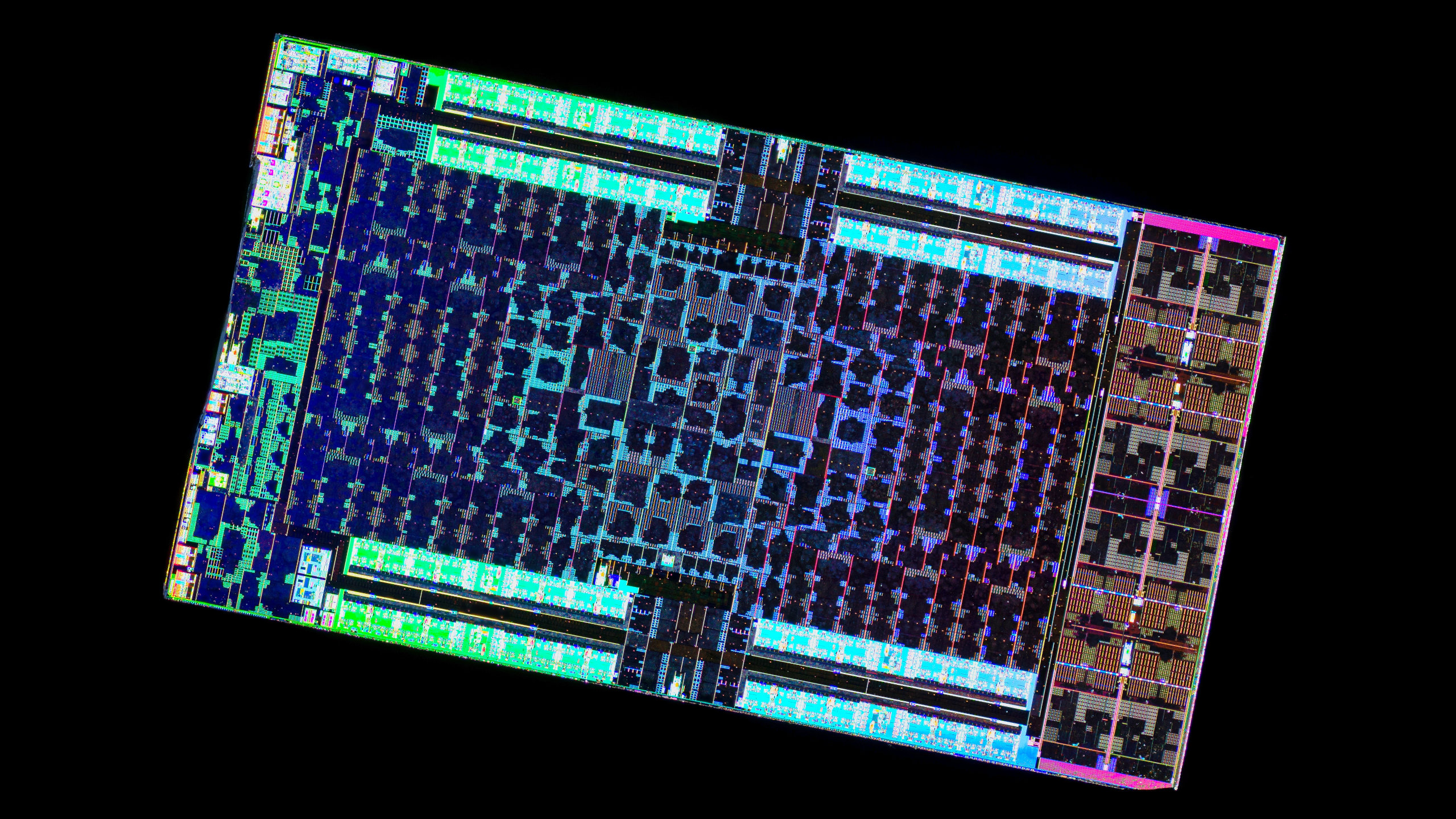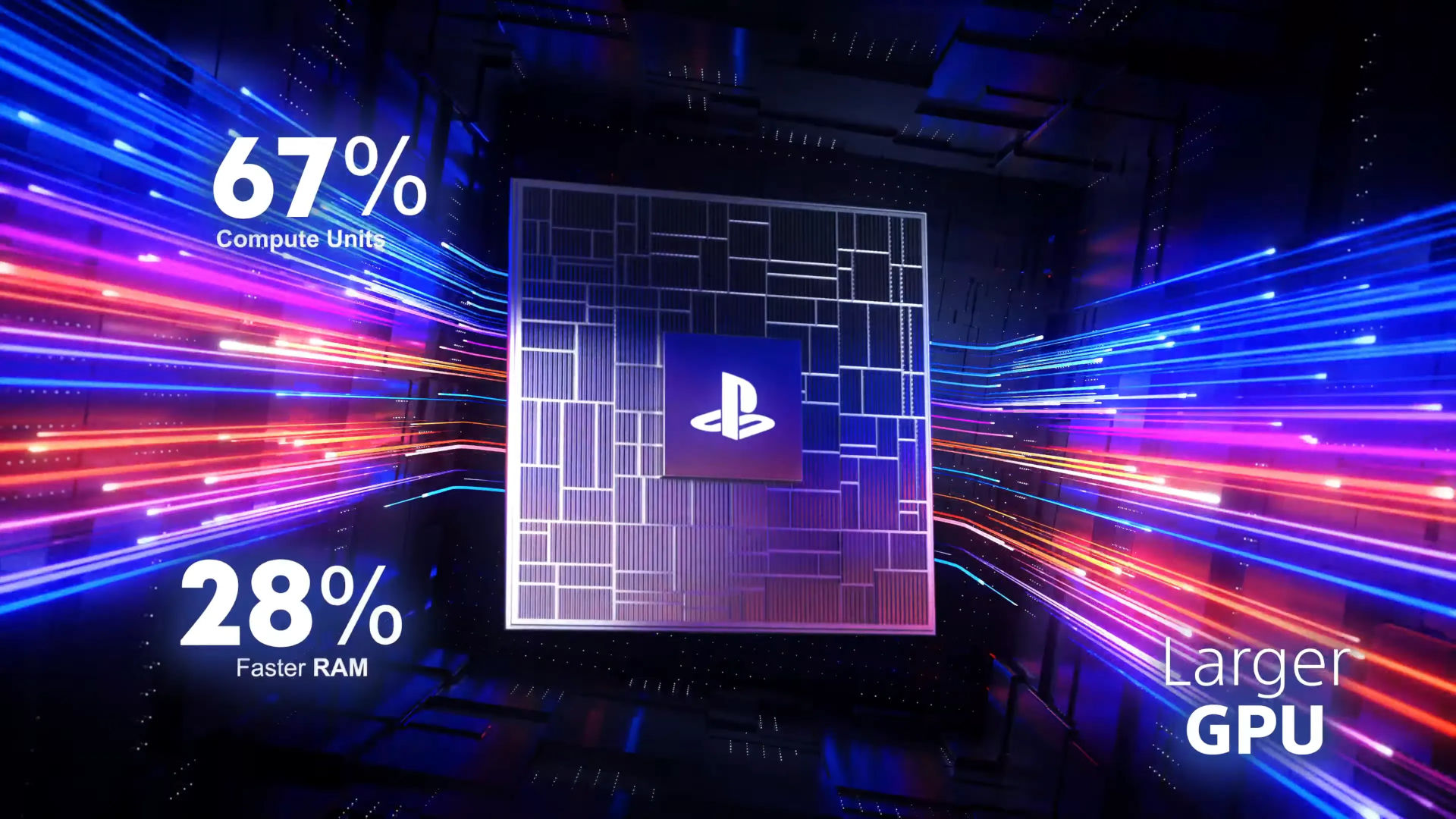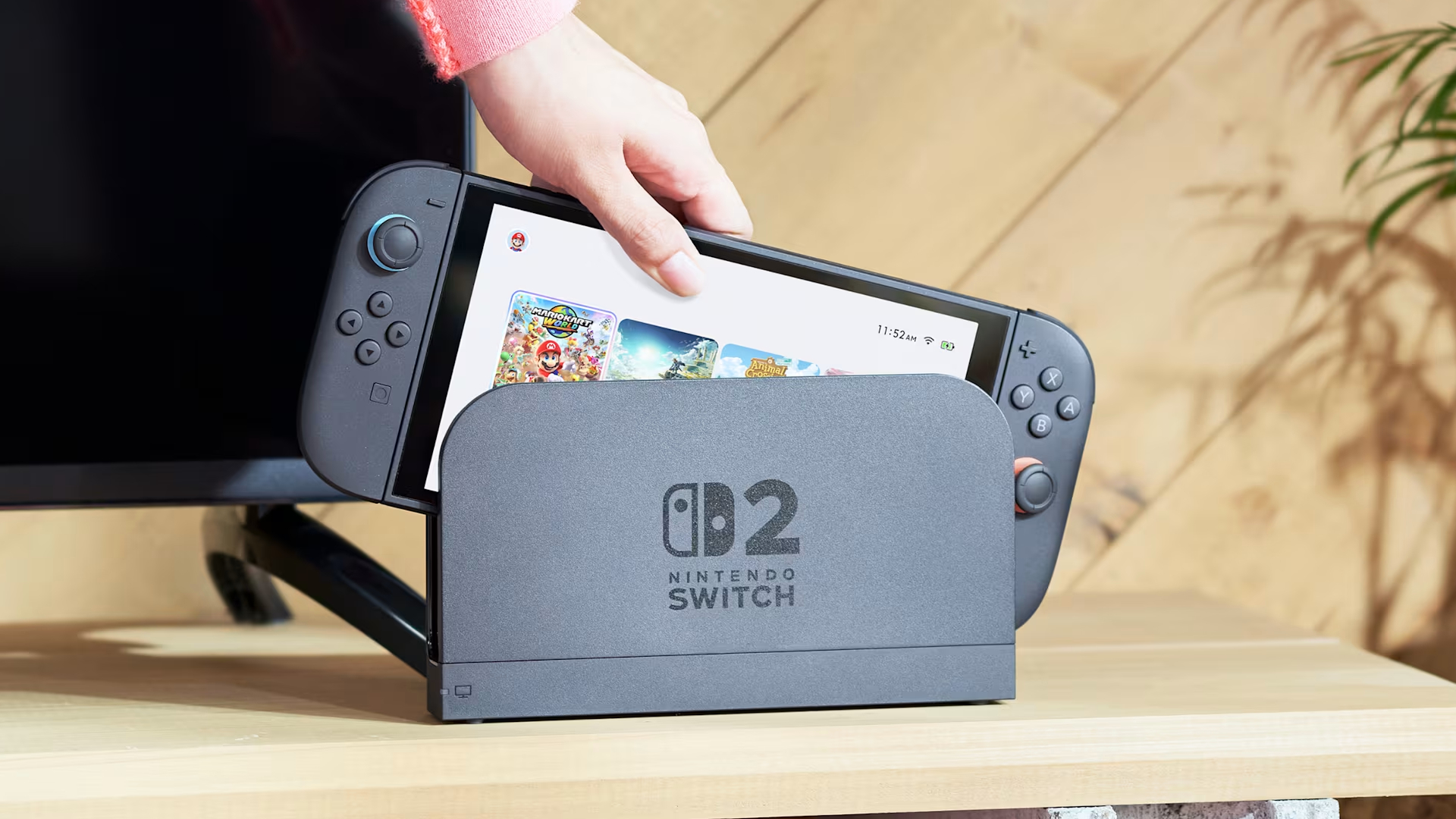Watch On
With the present crop of consoles from Microsoft and Sony nearing the tip of their pure product cycles, tech rumours are abound as to what {hardware} and methods the subsequent era may have. Amongst a complete raft of claims as to what the PlayStation 6 can be like are a listing of specs for Sony’s return to the hand held market, with a beefy customized AMD chip on the coronary heart of all of it.
Now, earlier than I am going any additional, let me get one factor out of the best way first, and it is the supply of those claims: Moore’s Legislation is Lifeless. The tech YouTube channel’s modus operandi is all about rumours, leaks, hypothesis, and at instances, fairly wild predictions. However hey, even in the event you spray about in a raging gale, one thing will ultimately land on the right track.
On to the nitty-gritty, then. MLID claims Sony is planning a handheld PlayStation for its PS6 portfolio. Not a significant shock announcement, as the corporate has finished this earlier than. One thing else that will not increase any eyebrows is that it is apparently going to be powered by a customized AMD chip, codenamed Canis.
Associated articles
The specs for it, although, are a tad extra of a shock. Manufactured on TSMC’s N3 course of node and coming in at 135 sq. millimetres in measurement, the CPU measurement of Canis is alleged to have 4 Zen 6c cores and two Zen 6 Low Energy cores. That is a little bit bit like AMD’s Ryzen AI 340, which sports activities two Zen 5 and 4 Zen 5c cores. Nonetheless, in contrast to that laptop computer APU, MLID is suggesting that video games will run on the 6c pipelines, with the hand held’s working system being dealt with by the 2 LP cores.
There aren’t any architectural variations between AMD’s regular Zen and Zen-c cores (no less than, not in Zen 5) aside from what clock speeds they’ll attain, however on condition that it is also being claimed that the ‘PS6 handheld’ can be backwards suitable with PS5/PS4 video games, I am undecided how 4, low-clocked cores are purported to deal with software program designed for as much as eight cores.

And that is earlier than one begins to query why Sony would select to go along with an structure that AMD hasn’t launched but, when it is traditionally chosen an older design that is well-tested, confirmed, and predictable. Oh, and low-cost. Very low-cost.
Shifting onto the GPU part of the APU, Canis is meant to have 16 RDNA 5 compute models. To place this into perspective, the Steam Deck has eight RDNA 2 CUs, and the Asus ROG Ally X has 12 RDNA 3 CUs, so the compute unit rely is not past the realms of risk.
Nonetheless, simply as with the CPU part, I am not overly satisfied that Sony would go for what could be a cutting-edge GPU structure for the discharge. Even the costly PS5 Professional continues to be utilizing what’s essentially an RDNA 2-powered GPU, albeit with some hefty modifications.
The place issues get a bit foolish are the claimed clock speeds and efficiency for the hand held’s GPU: round 1.65 GHz in docked mode and as much as 75% of a PS5’s native rendering energy. Sony’s present console has a GPU with 36 CUs, with a high clock pace of two.2 GHz, and requires an influence finances of 180 W.

Whereas RDNA 5 rumours have but to calm down into any semblance of sensibility, no quantity of architectural wizardry can actually overcome a 56% deficit in CUs with a 25% quick fall in clock pace to that form of diploma. Properly, maybe it may, if the rendering decision is low sufficient or the precise graphics workload leans extra in the direction of favouring AMD’s present shader design than for RDNA 2.
Simply as with many handheld gaming PCs, Sony’s effort will apparently use LPDDR5X-8533, however somewhat than utilizing a 128-bit large bus, Canis is presupposed to sport a 192-bit bus, ensuing within the complete quantity of RAM reaching 48 GB. That is not unattainable, as handhelds actually do profit from having significantly greater than 16 GB of RAM, because it’s shared throughout the CPU and GPU.
Having watched MLID undergo the specs, I used to be unconvinced by the CPU description, on the fence by the GPU (however in no way by the efficiency claims), and fairly okay with the RAM specs. Nonetheless, it would not be a MLID video if there wasn’t no less than one actually bonkers prediction, and on this occasion, it is the value: between $399 and $499.

The Change 2’s retail worth is $450, and it’s a far weaker assortment of {hardware}, with the principle SoC manufactured on an outdated, low-cost course of node. High-end handheld gaming PCs which are extra akin to the above claimed specs are sometimes double the price. Heck, even the PlayStation Portal is $200 and there is virtually nothing inside that past a primary Qualcomm chip, a smattering of RAM, and a pokey 16 Wh battery.
Sony would not set the value that low for a platform that is not going to promote wherever close to as many models as a standard console. It may possibly afford to get away with a tiny revenue margin with the PS5 as a result of it hauls the cash again through the thousands and thousands of video games offered annually for the console. A PS6 handheld must be bodily worthwhile, and on condition that the specs are all next-gen structure, on an costly course of node, $500 would certainly be nowhere close to sufficient.
Anyway, you can also make up your personal thoughts about MLID’s claims concerning the handheld or the opposite PS6 bits and items. Higher but, you may play your personal recreation of ‘Guess the next-gen console specs’ and make a video of it, as a result of everybody’s predictions can be simply as legitimate as one another till the {hardware} itself lastly seems.

Finest handheld PC 2025
All our present suggestions



![[DEV] Solo dev constructing a multiplayer Informal Card Battler with 1v1, 2v2 and Battle Royale modes. In search of Testers!](https://i0.wp.com/external-preview.redd.it/bXJkd3dhbnd6YzhnMeFtLJR05rgWWT7oUzVGZxjdyPxbsx2cNymIv6YuiEYd.png?width=640&crop=smart&auto=webp&s=45ec943f6c078e0faf42d200d439778df3d5c3a0&w=120&resize=120,86&ssl=1)



